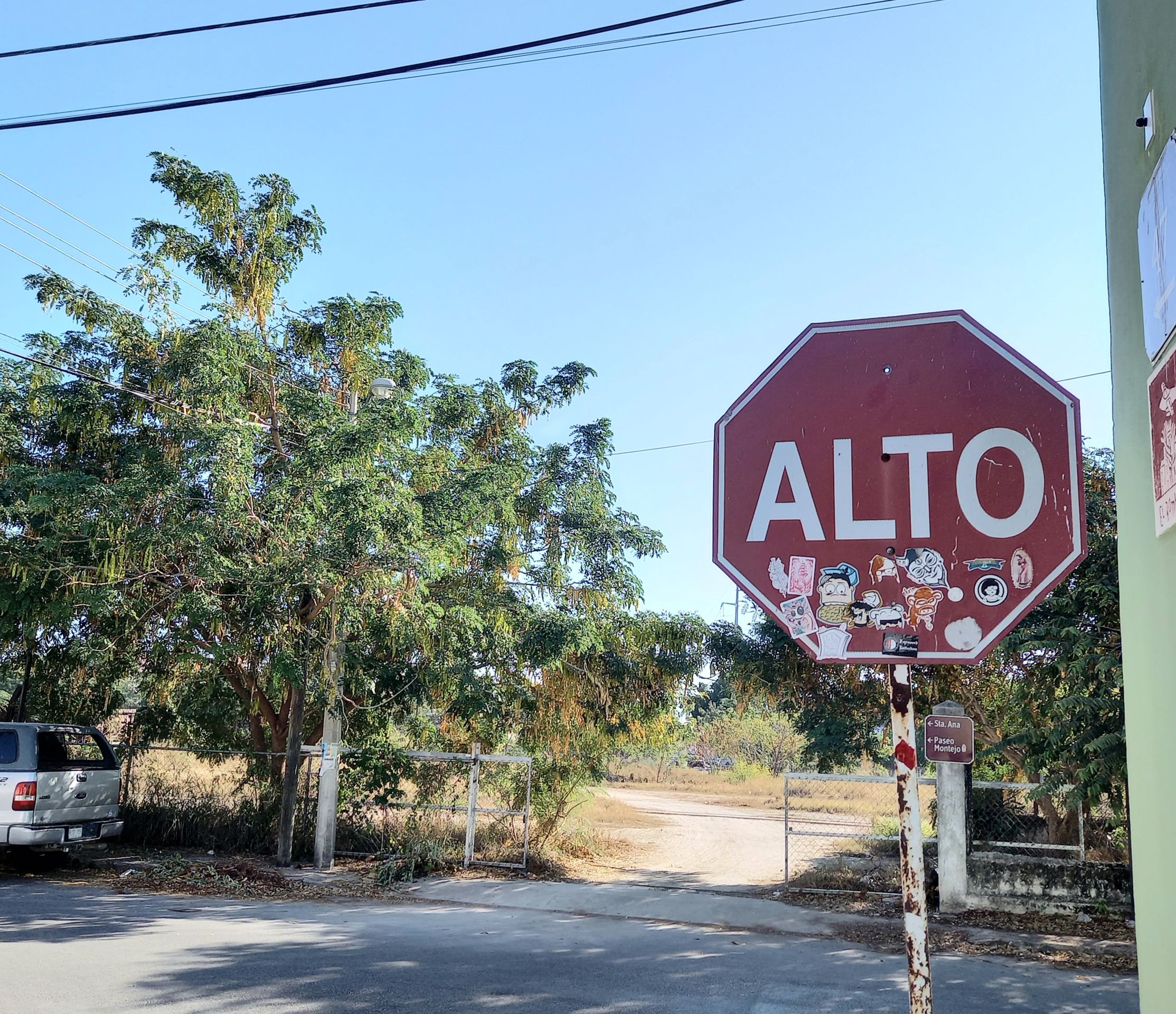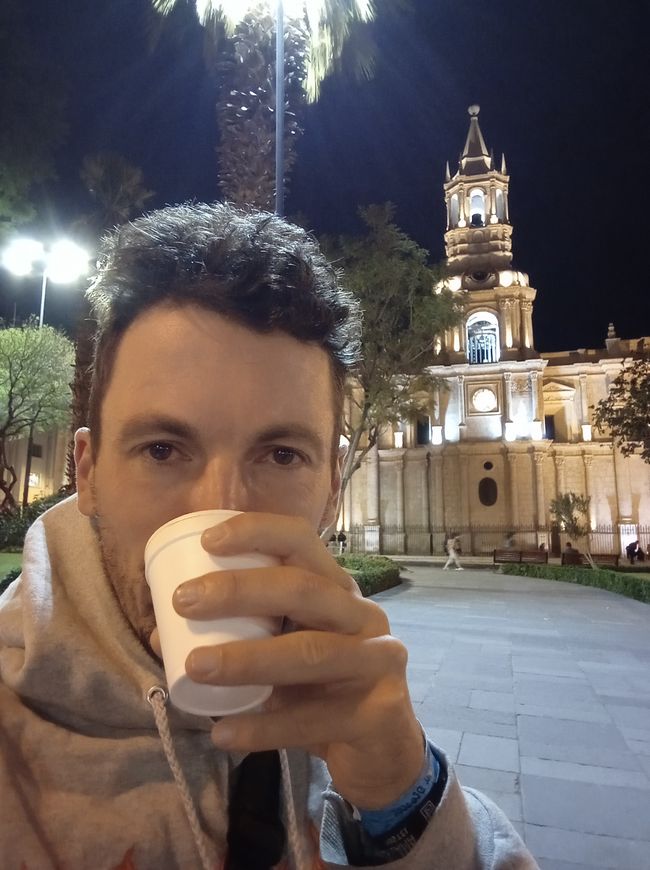Pingüinos en el desierto
Publicado: 17.03.2022
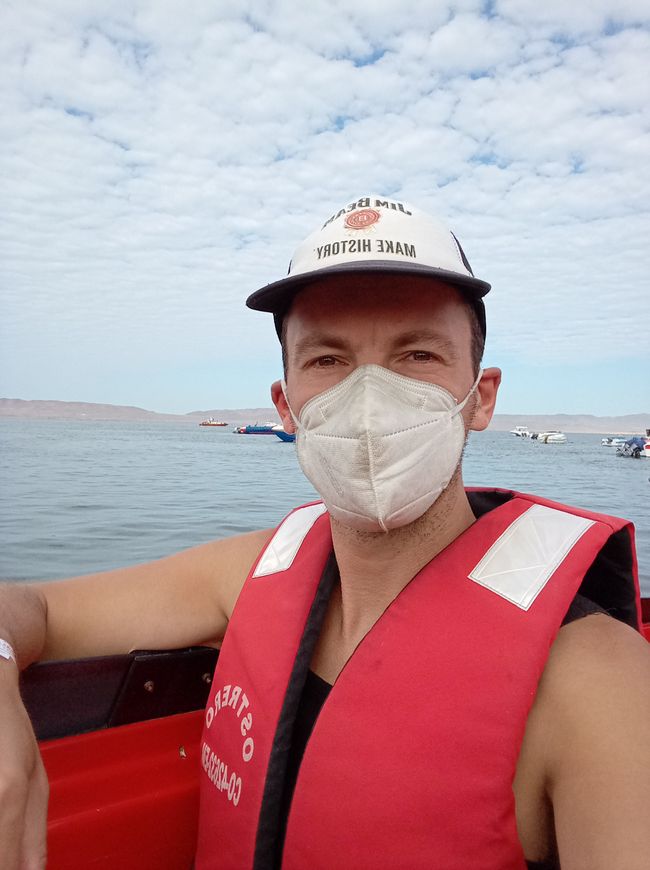
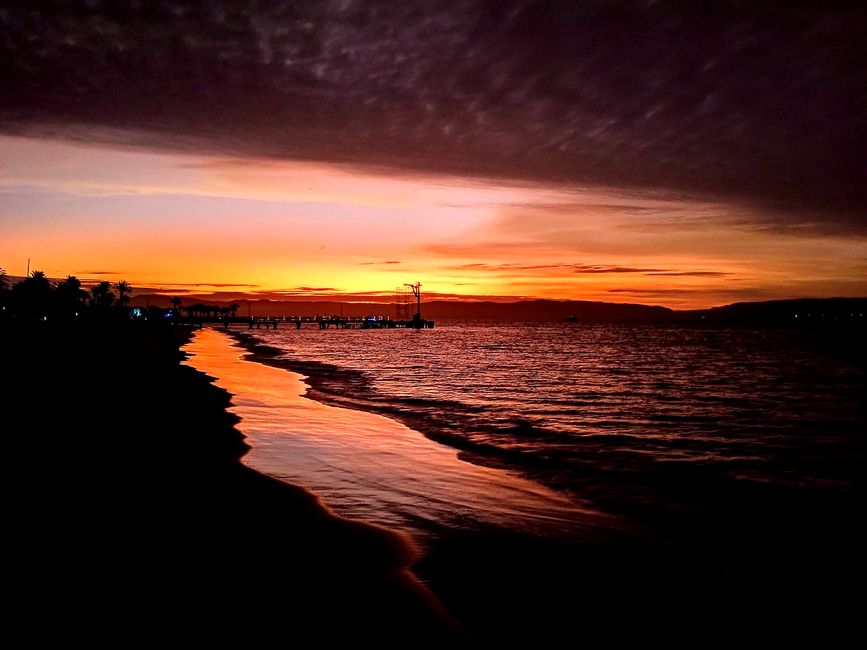
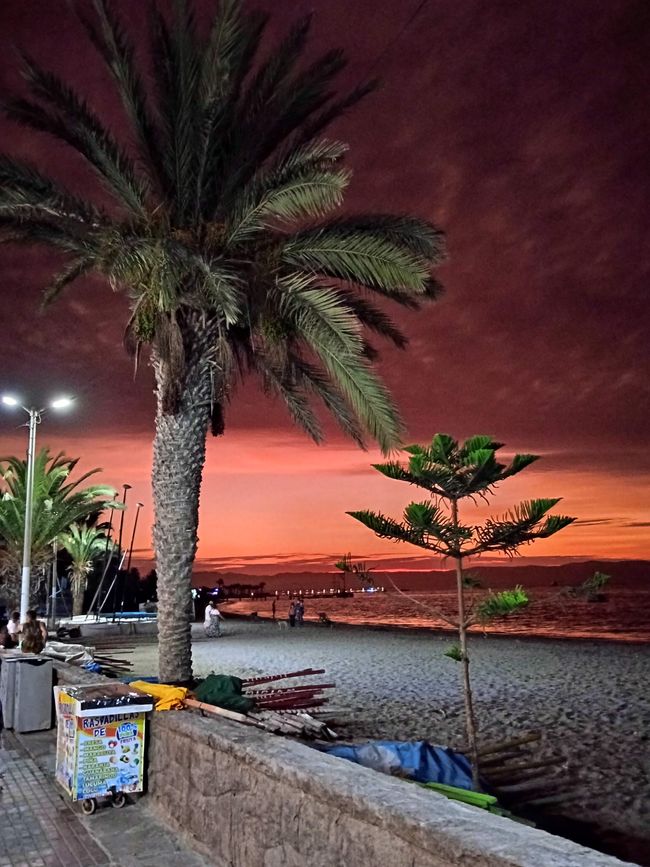
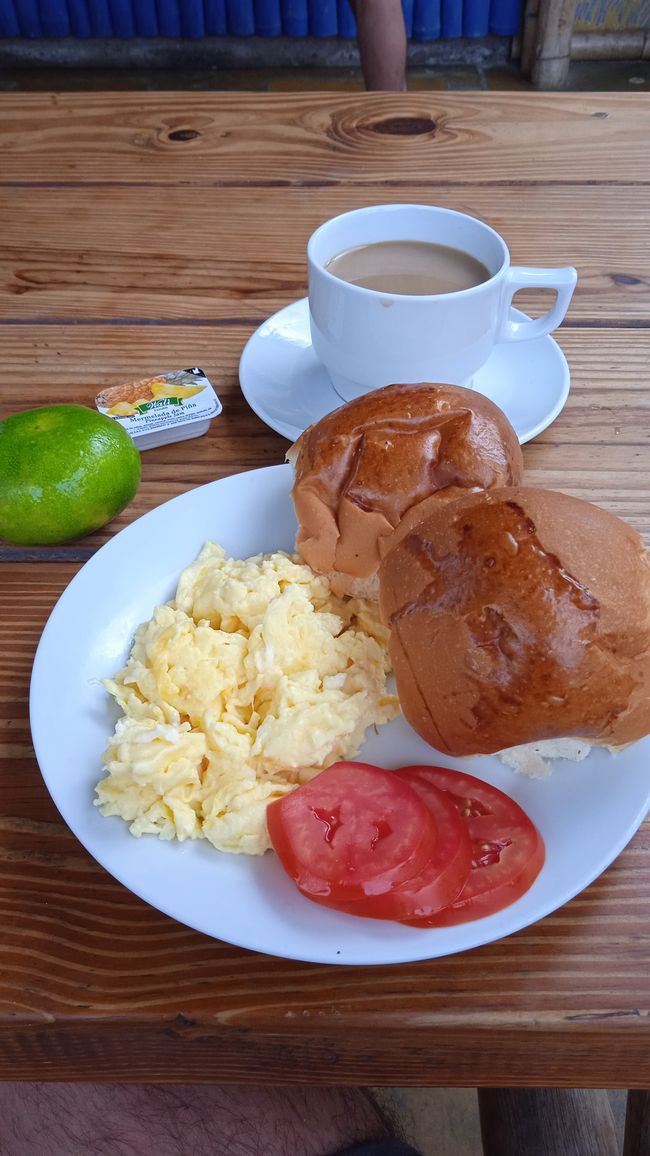
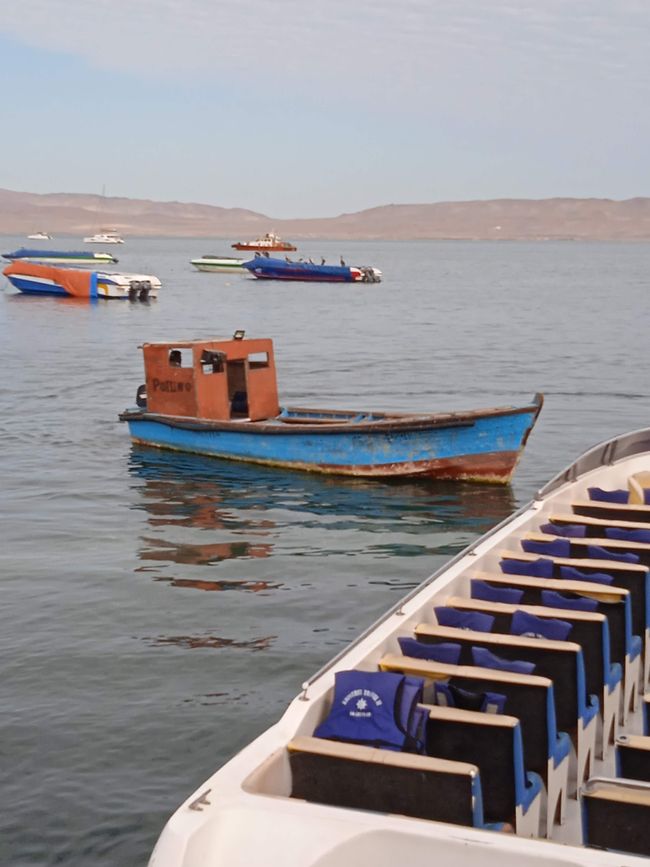
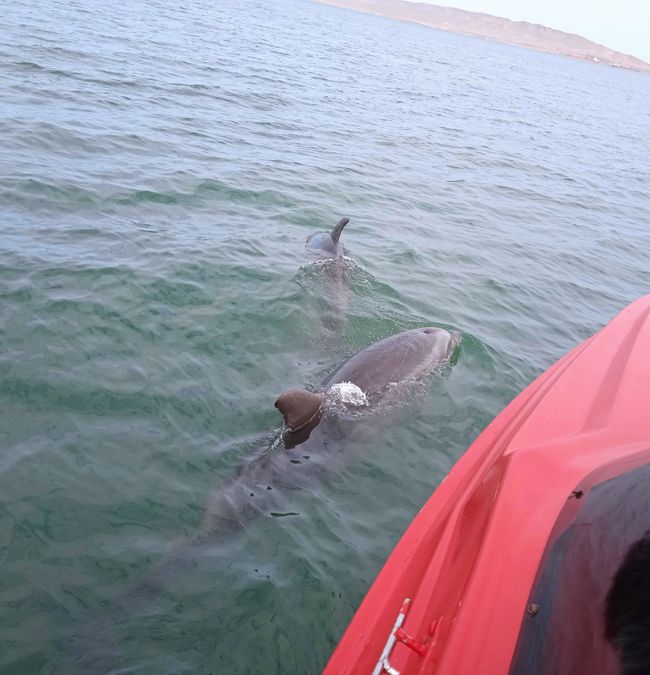
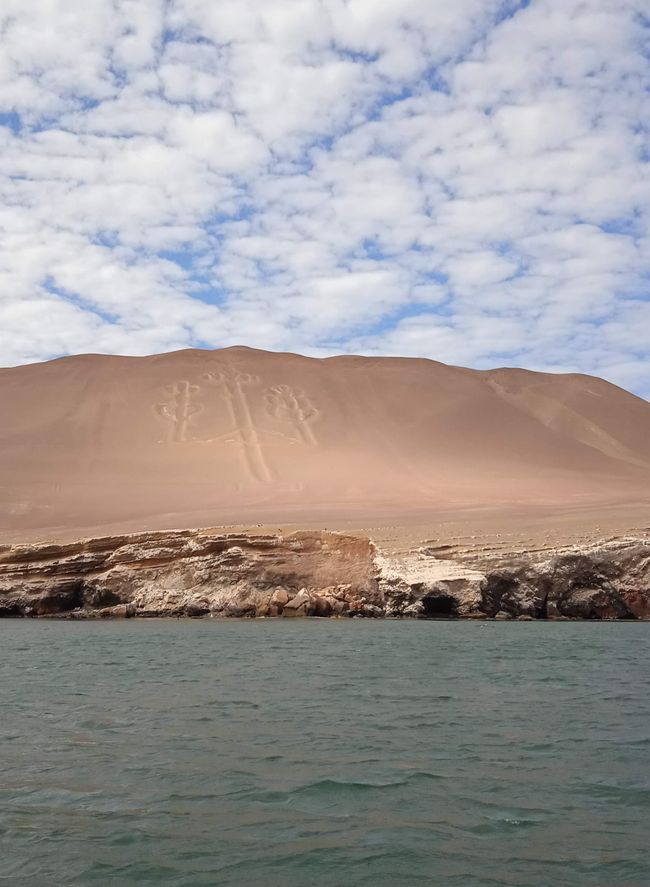
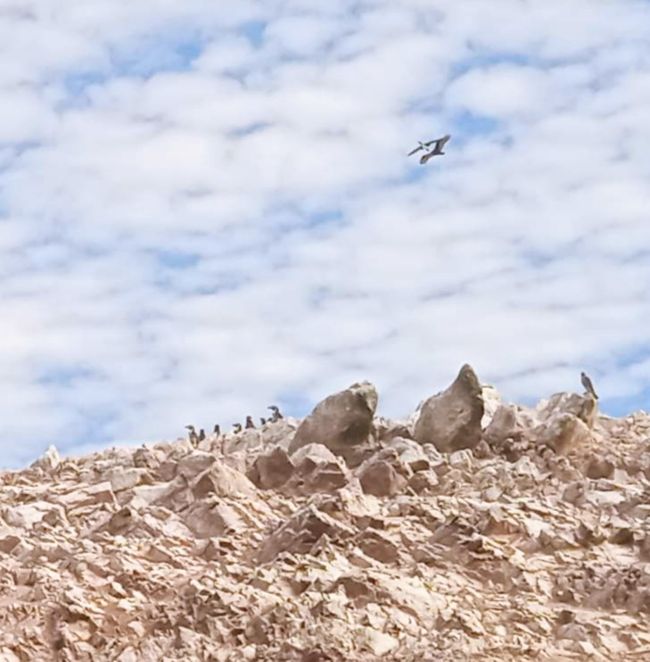
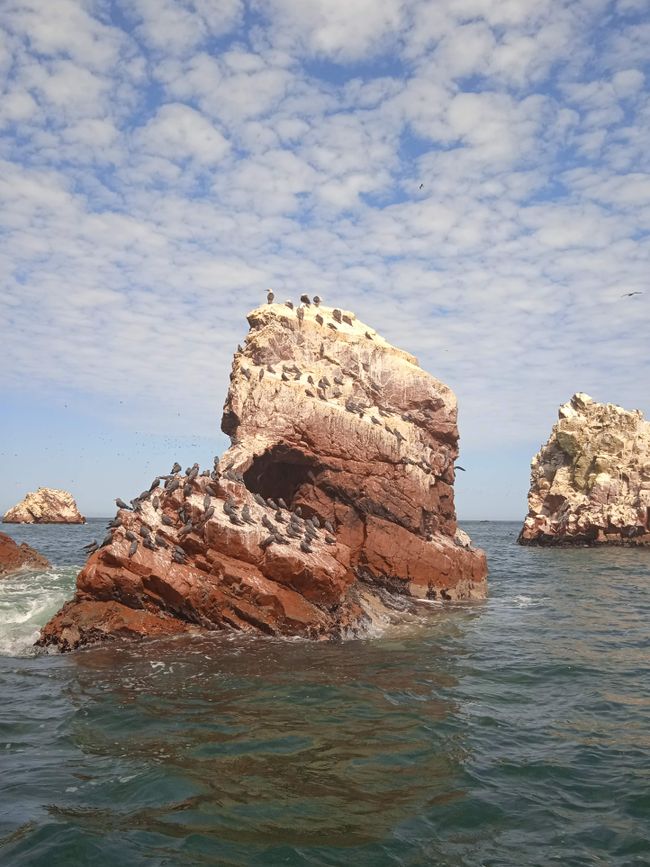
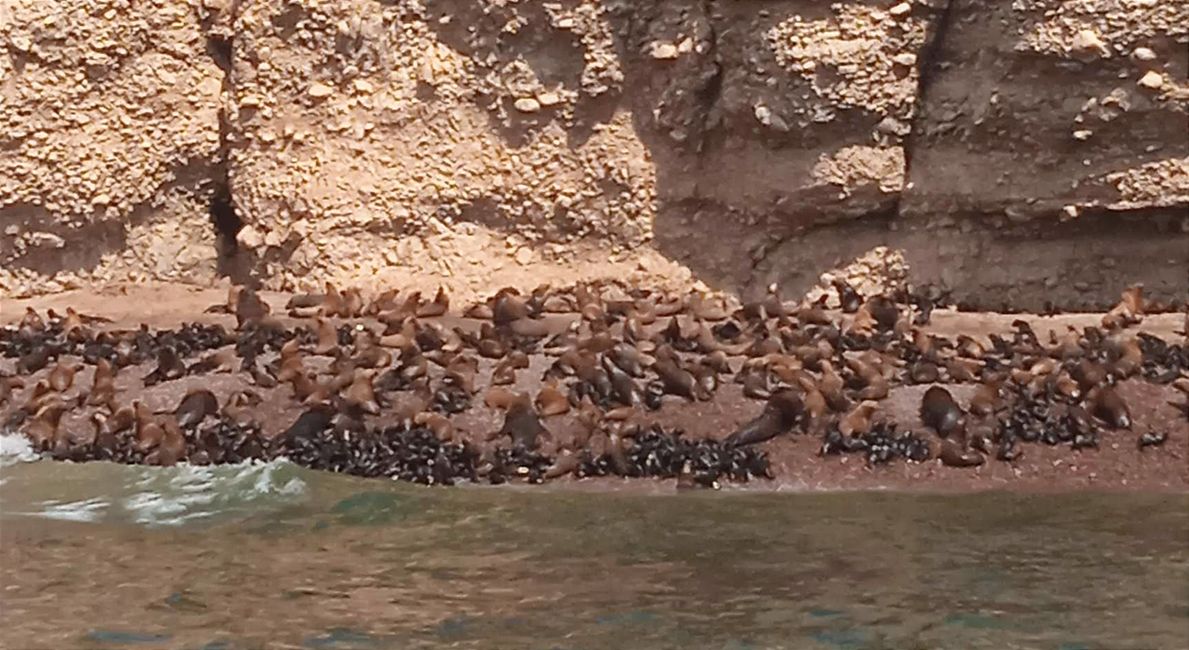
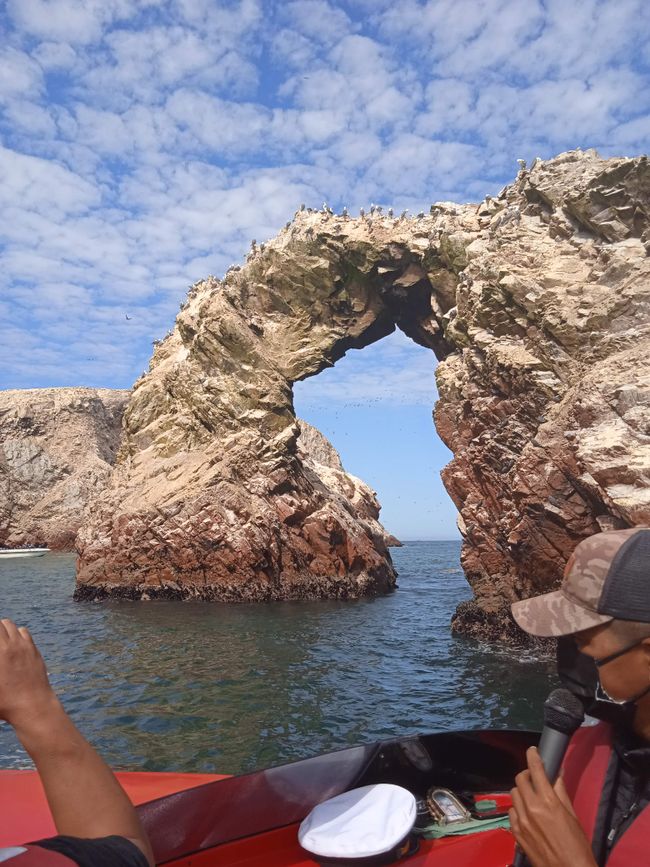
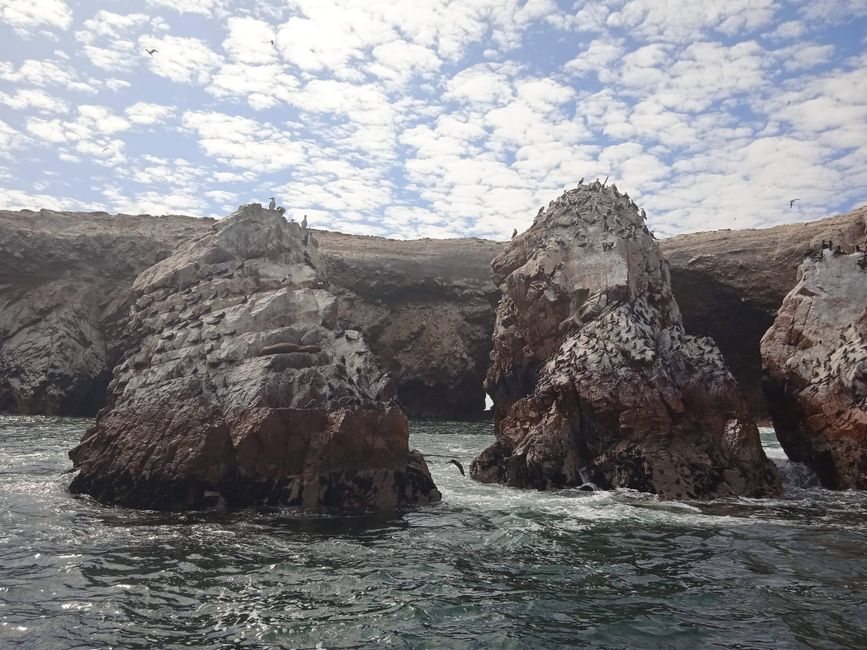
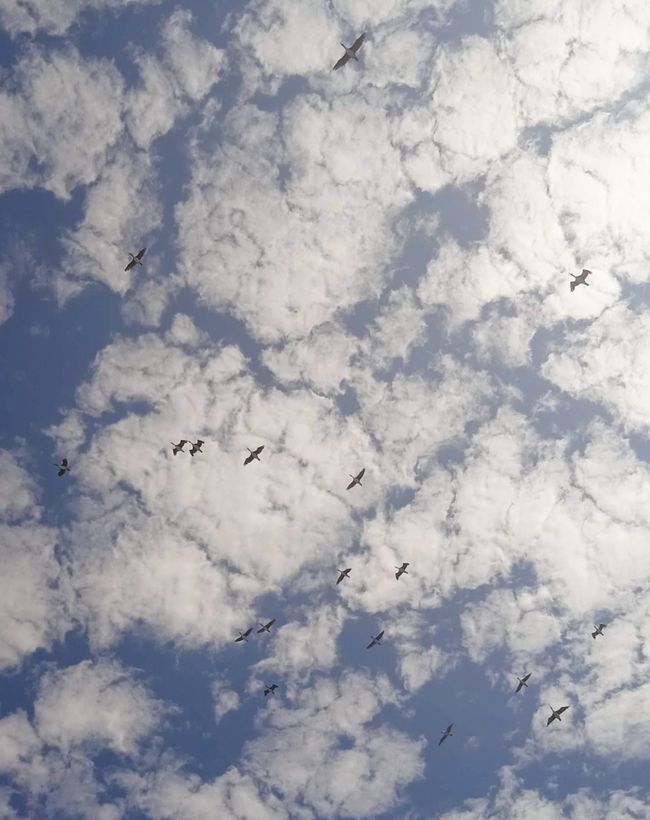
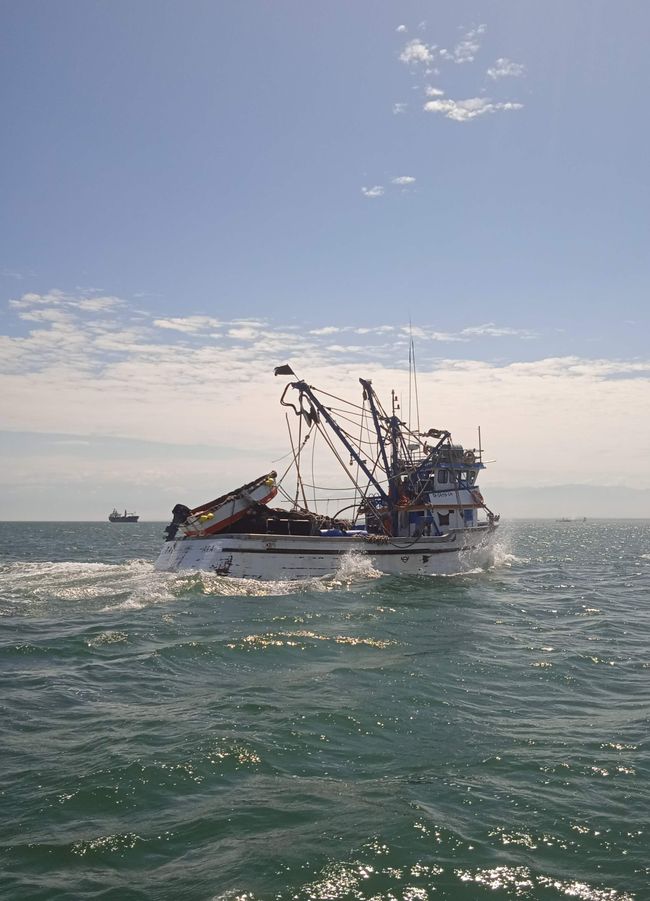
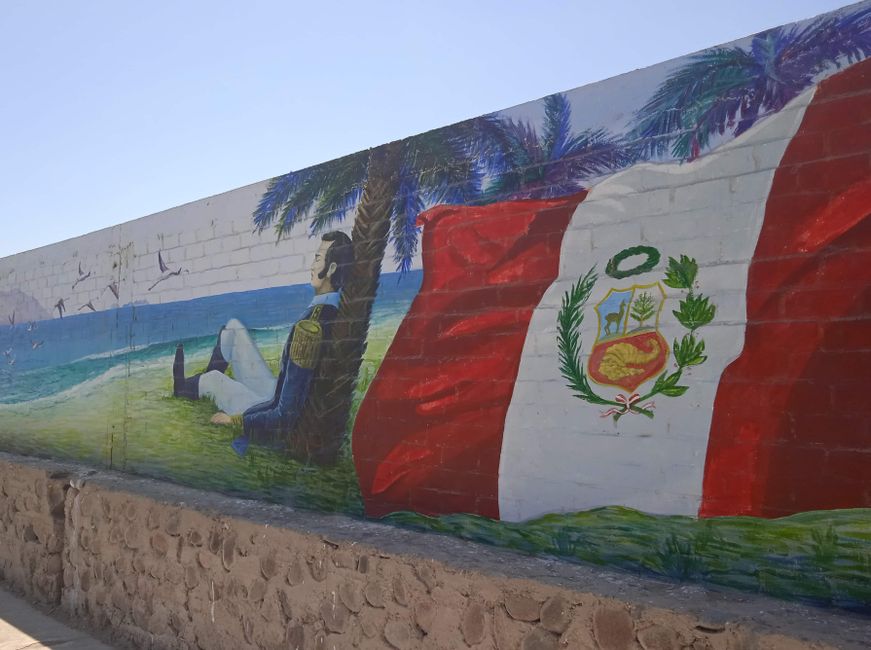
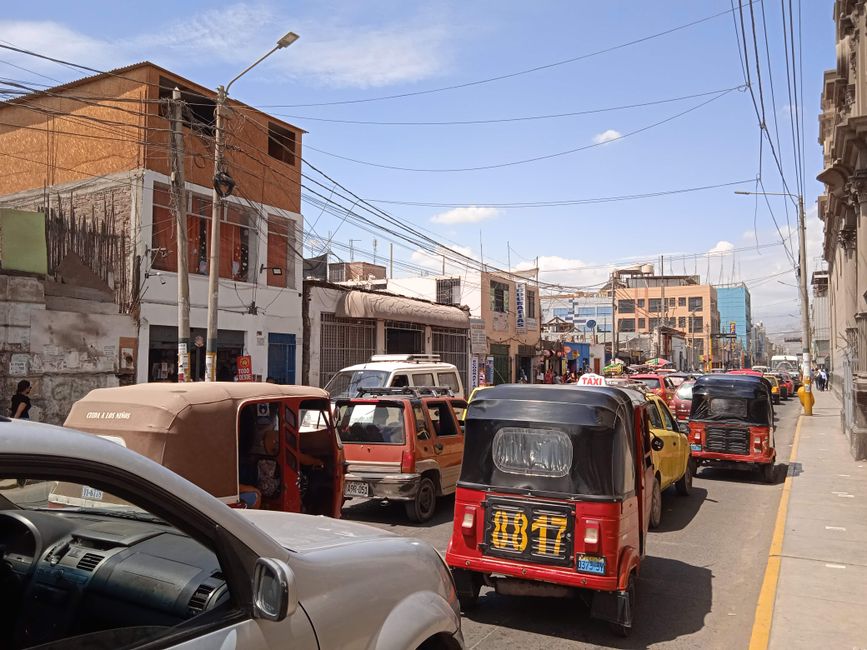
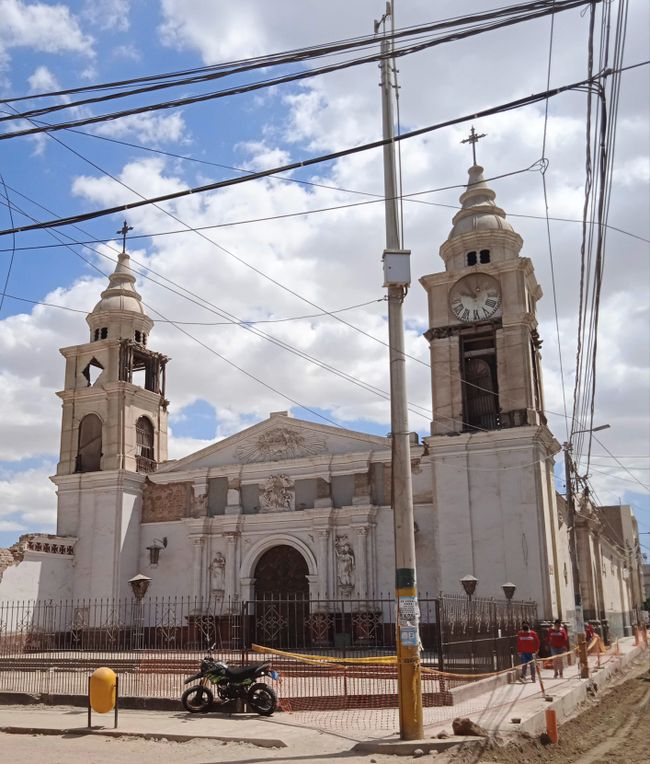
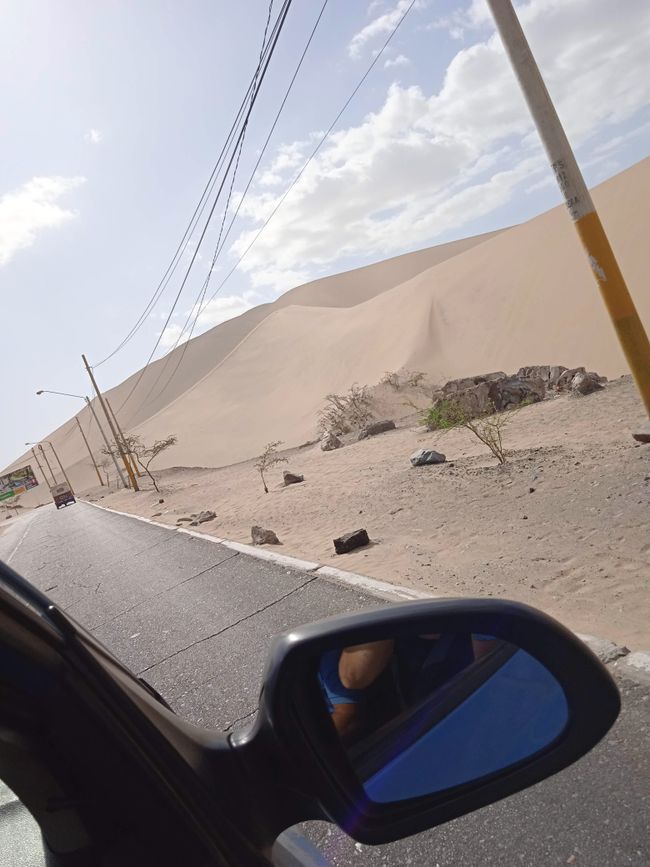
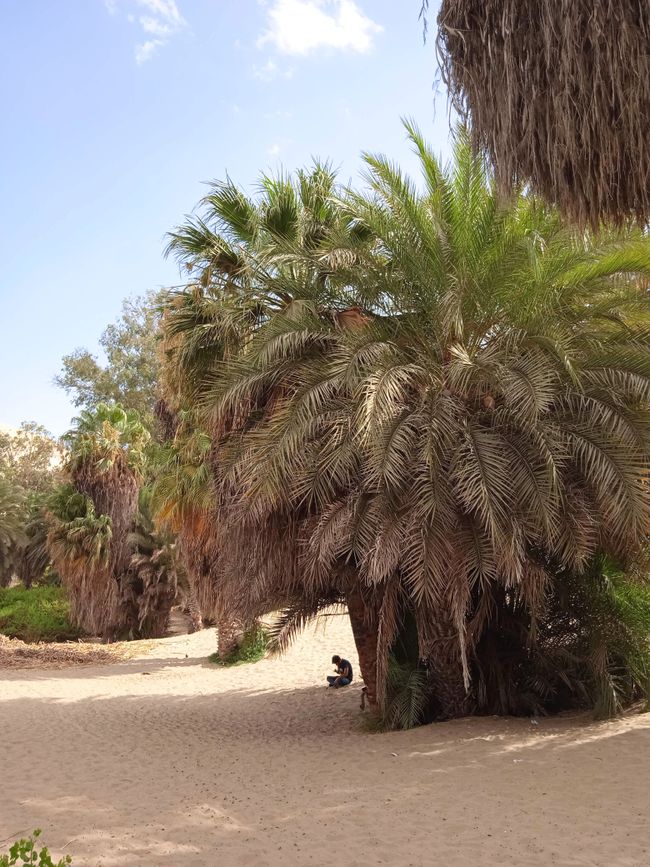
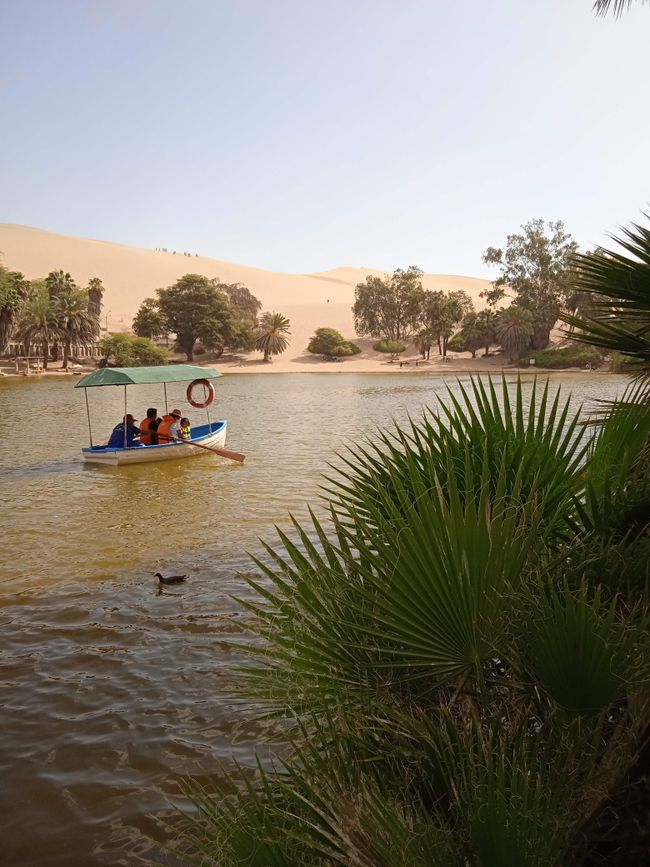
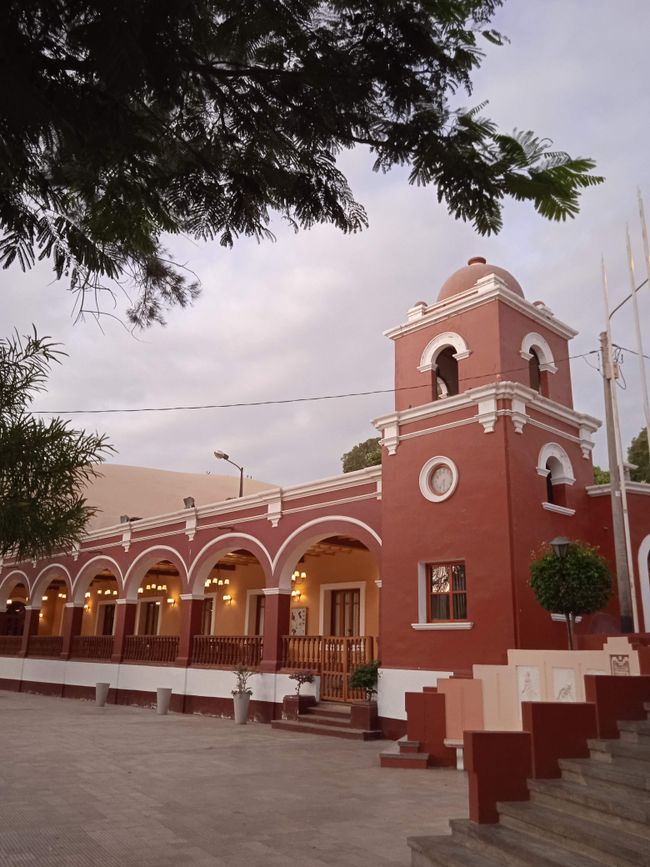
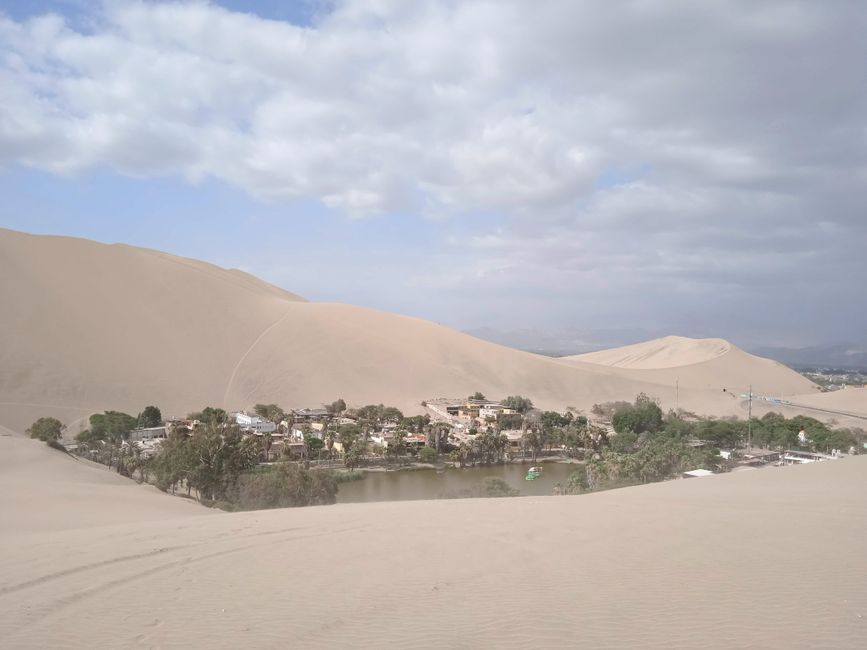
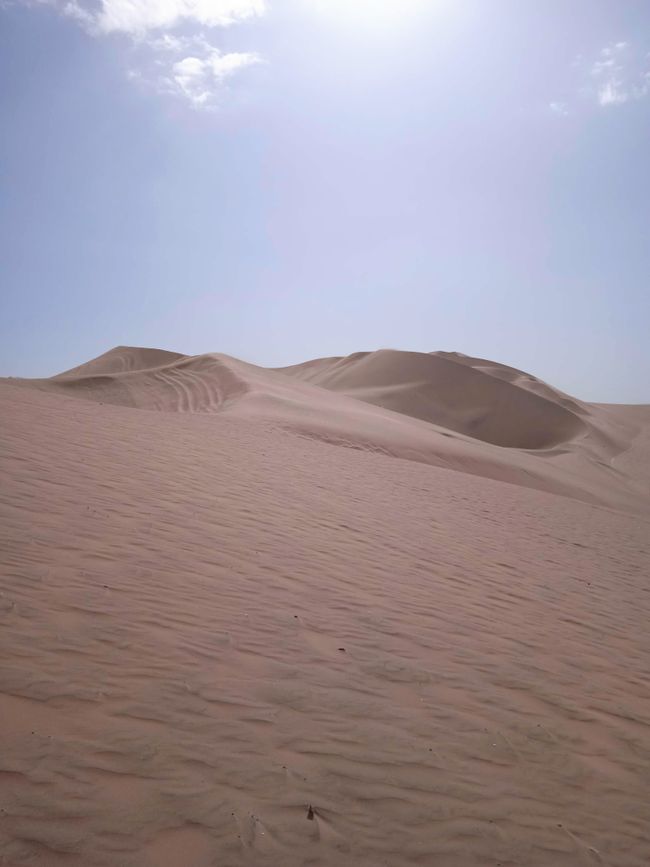
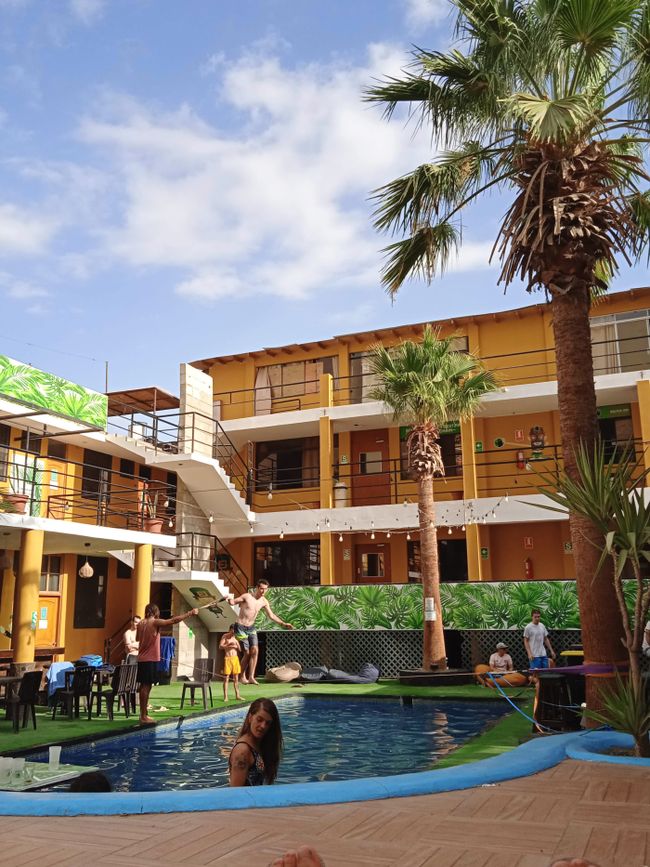
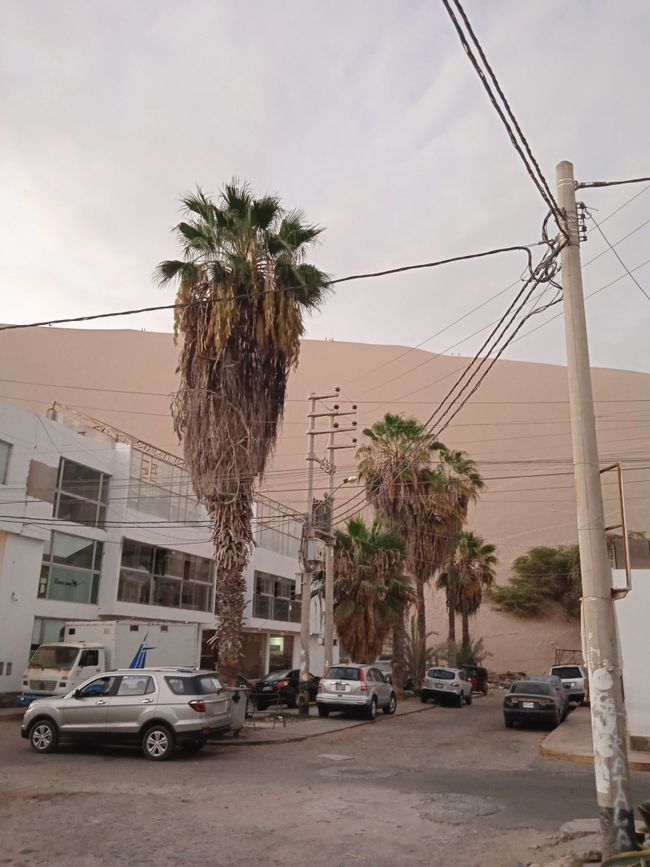
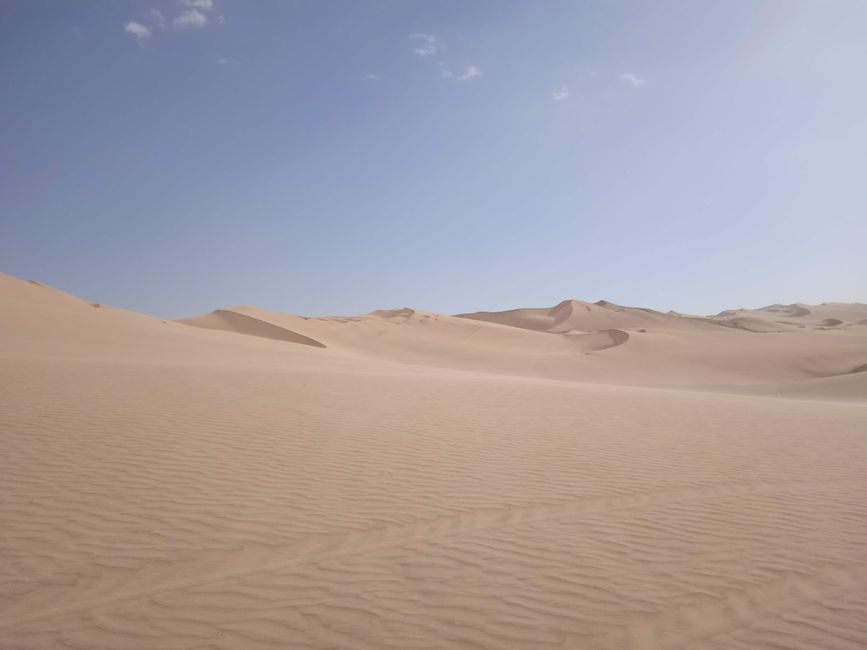
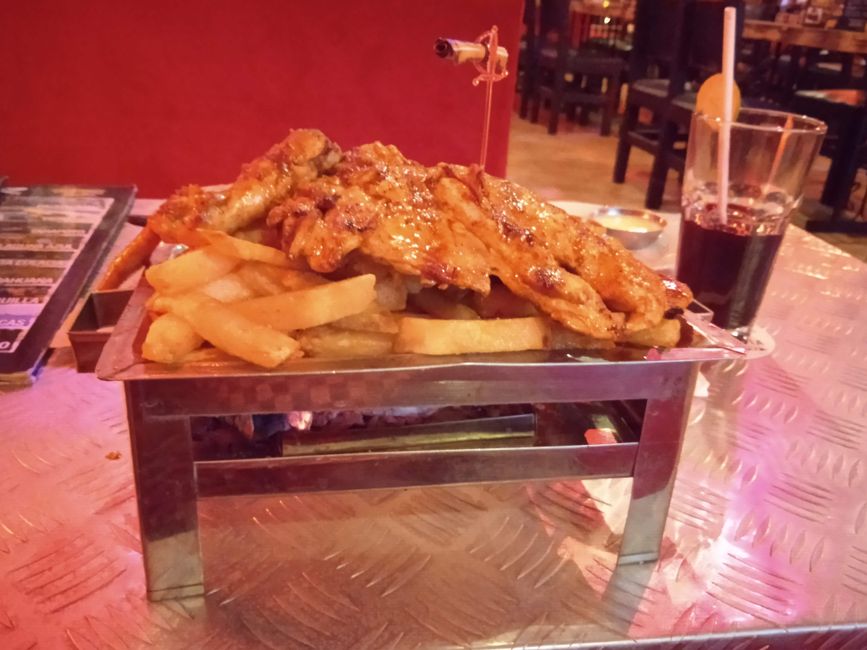
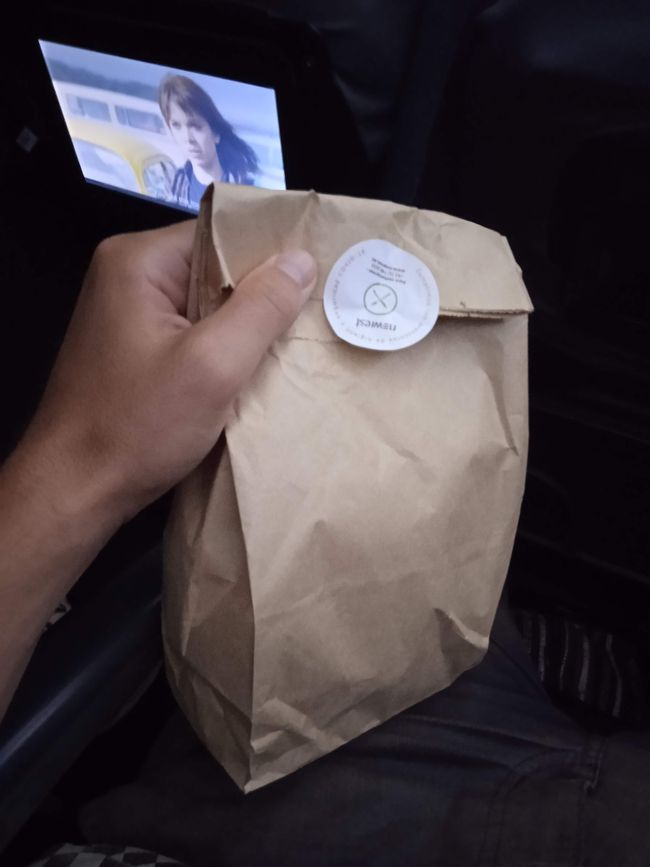
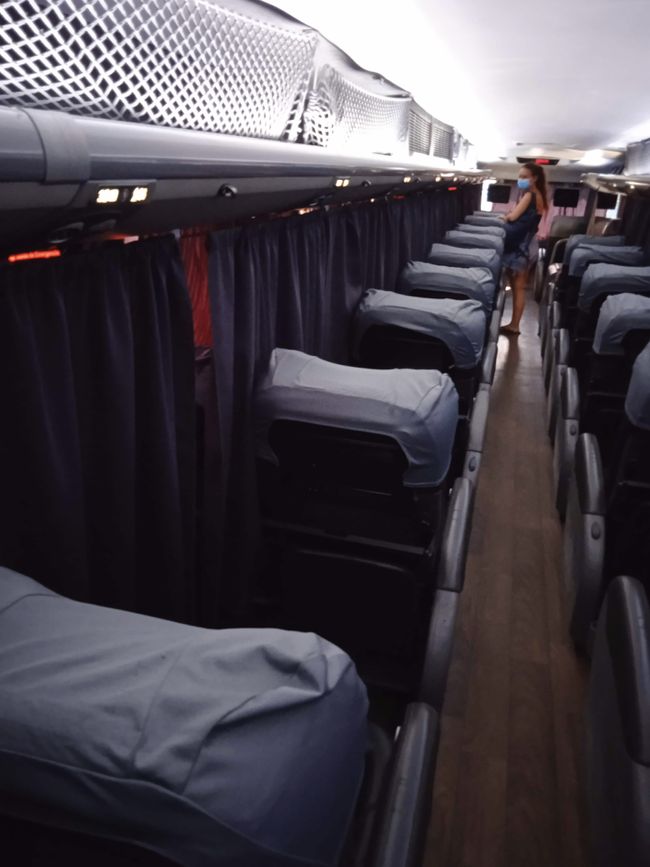
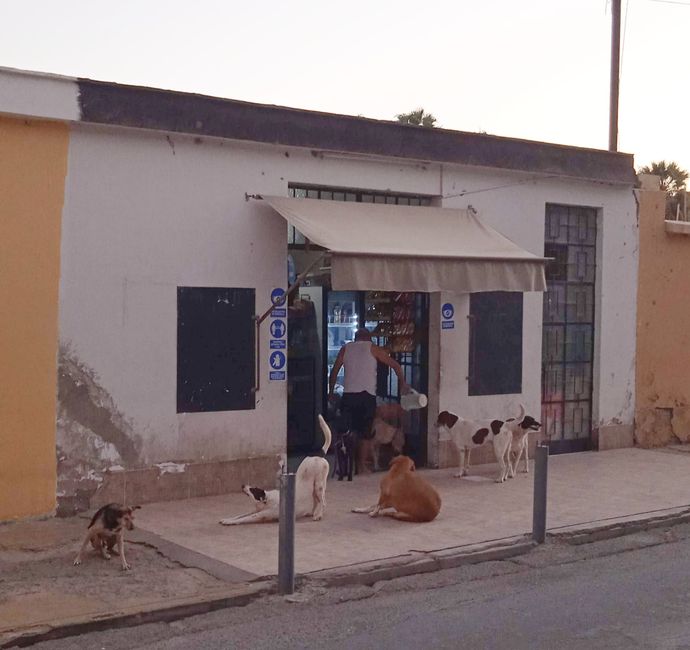
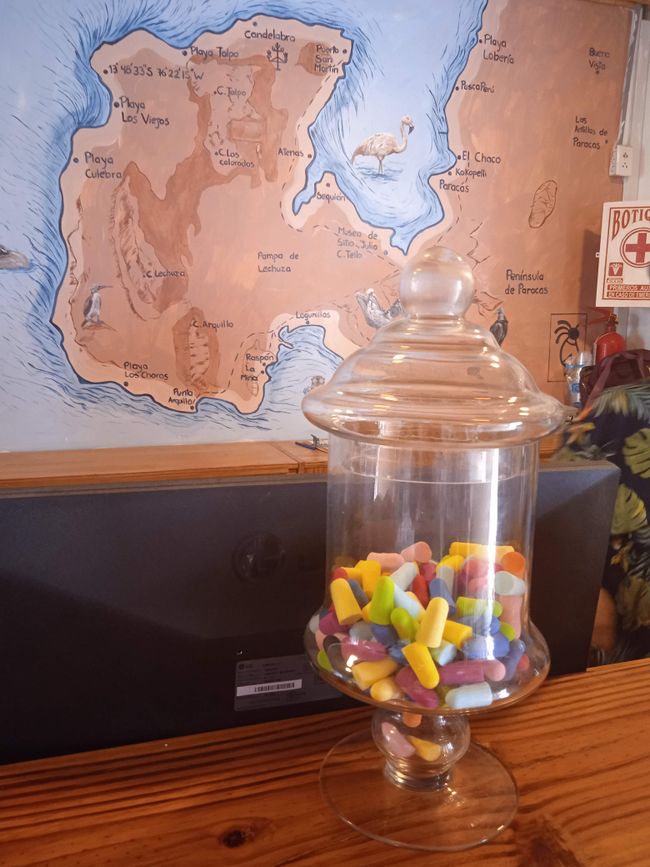
Suscríbete al boletín
Mis días en Perú también duraron solo 24 horas, así que no fueron ni más largos ni más cortos que en Europa o en cualquier otro lugar. Sin embargo, al escribir estas líneas, pensé en las sabias palabras de un filósofo de bar: Cada día tiene la misma longitud, pero diferente amplitud.
Tuve un día realmente amplio el martes. El lunes por la tarde, dejé Lima en autobús, siguiendo la costa hacia el sur. El destino era el pueblo pesquero de Paracas, cerca de la ciudad de Pisco. Al llegar allí, me alojé en un hostal de fiesta, una vez más. La habitación tenía la asombrosa cantidad de 16 camas, cada una separada en cubículos con cortinas, enchufes y lámparas de lectura; además, solo había un baño. Sin embargo, afuera había una piscina, acceso a la playa y un bar bien equipado. Inicialmente solo reservé una noche, y así se quedó.
El despertador sonó a las 6:45, así que fui el segundo en la fila del baño. Después, recoger mis cosas, hacer el check-out y un desayuno muy modesto a las 7:15, que estaba incluido por la módica suma de 7,50 euros por noche.
Paracas estaba ubicado en una bahía, frente a las Islas Ballestas. Las islas eran un refugio de aves, que brindaba un lugar de cría y hogar a innumerables aves acuáticas. Guías de viaje y reportes en Internet estaban llenos de elogios y comparaban el archipiélago incluso con las Islas Galápagos en Ecuador ('Galápagos de los pobres'). Un poco exagerado, considerando que las islas eran rocas cubiertas de excremento de arriba a abajo en medio del mar.
Aún así, disfruté mucho del paseo en bote de dos horas. La cantidad de animales era realmente impresionante, tantas aves. Además, cientos de leones marinos utilizaban las pocas playas de las islas como guarderías, y vimos cómo los cachorros aprendían a nadar. Las frías aguas traídas por la corriente de Humboldt desde las latitudes antárticas también hacían que los pingüinos de Humboldt se sintieran como en casa. Por cierto, el excremento de las aves se 'recogía' cada ocho años y se comercializaba de manera muy rentable como fertilizante de guano.
En la parte terrestre, el llamado Costas dominaba el paisaje. Como desierto costero (similar al Namib), la región se caracterizaba por una sequedad extrema. La playa y el desierto parecían fusionarse tierra adentro. Más al sur, la Costas ya contaba entre las tierras del desierto de Atacama.
Dado que terminé rápido con la excursión en bote y el primer autobús para continuar mi viaje llegaba con retraso, pude alcanzar ya por la tarde la ciudad capital provincial de Ica, aproximadamente 60 km tierra adentro. Allí me encontré con mi equipaje, hacía calor, realmente caliente, el viento soplaba como un secador de pelo, soplando aire aún más caliente en mi rostro. En la terminal de autobuses no había servicio de guardar equipaje y mi autobús nocturno salía a las 23:15. Me derretía, rodeado de taxistas que me acosaban con sus ofertas de excursiones.
Finalmente, pude almacenar mi equipaje con un servicio de mensajería, antes de que comenzara a buscar sombra mientras caminaba por las calles de Ica, donde realmente no había mucho que ver. Luego, me refugié del sol en un café.
Acostumbrado al clima y fortalecido, salté en un taxi y me dejé llevar a la oasi Huacachina. El asentamiento de delante realmente correspondía a todos los clichés de una oasis: un pozo de agua rodeado de palmeras y alrededor de 50 casas en medio de dunas de varios metros de altura. Subí a uno de los montículos de arena, algo doloroso - las chancletas no eran realmente adecuadas para la arena del Sahara. El viento soplaba fuerte y aún al día siguiente encontré arena en mis bolsillos y orificios del cuerpo.
Alrededor de las 16 horas, busqué un hostal de fiesta en la oasi con bar y piscina, donde podría pasar el tiempo hasta la noche. En la terminal de autobuses, cené y de alguna manera el tiempo hasta las 23 horas pasó también.
Completamente cansado, caí en el muy cómodo asiento de mi autobús de viaje y realmente me alegré por el viaje en autobús de 13 horas después de un día ancho.
Suscríbete al boletín
Respuesta

Informes de viaje Perú
